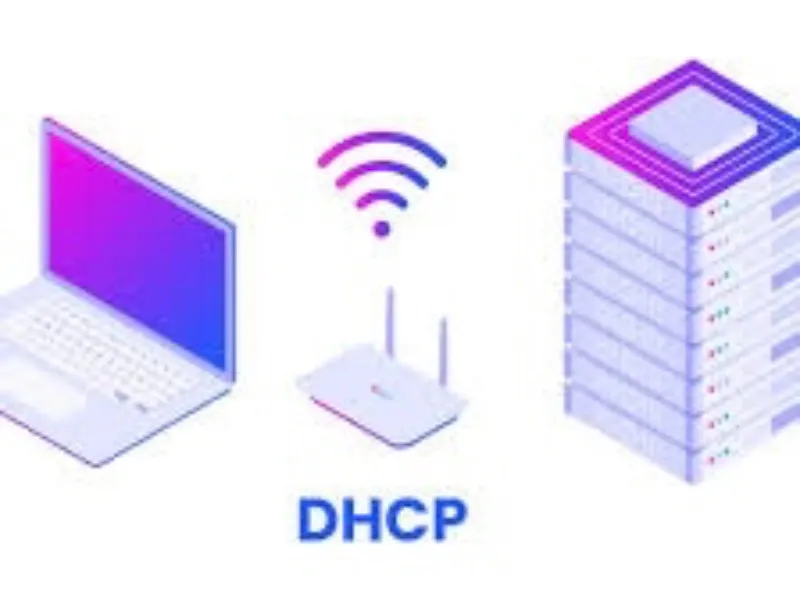- At its core, DHCP eliminates the need for network administrators to manually assign IP addresses to each device.
- DHCP significantly reduces the administrative burden of manually configuring IP addresses.
Dynamic Host Configuration Protocol (DHCP) is a critical component in modern networking that automates the assignment of IP addresses and other network configuration settings to devices on a network. This protocol simplifies network management and enhances operational efficiency, playing a pivotal role in both small home networks and large enterprise environments.
How DHCP works
At its core, DHCP eliminates the need for network administrators to manually assign IP addresses to each device. When a device—such as a computer, smartphone, or printer—connects to a network, it sends out a broadcast request called a DHCP Discover message. This request is received by a DHCP server, which then responds with a DHCP Offer message containing an available IP address and configuration details. The device then requests the offered IP address by sending a DHCP Request message, and the server confirms the assignment with a DHCP Acknowledgment message.
For example, in a typical office environment, when an employee connects a laptop to the company’s Wi-Fi network, DHCP automatically assigns it an IP address from a predefined pool, along with other necessary settings like the default gateway and DNS servers. This seamless process ensures that devices can communicate on the network without manual intervention.
Also read: What is IPv6 and what are its features?
Also read: Advantages and application scenarios of IPv6
Benefits of using DHCP
DHCP significantly reduces the administrative burden of manually configuring IP addresses. In dynamic environments where devices frequently join or leave the network, DHCP automatically manages IP address allocation, preventing conflicts and ensuring efficient utilisation of address space.
By dynamically assigning IP addresses from a pool, DHCP optimises the use of available addresses, especially in networks with a large number of devices. This flexibility is crucial in environments with varying numbers of users, such as office spaces or educational institutions.
Manual IP configuration can lead to errors such as duplicate IP addresses or incorrect settings. DHCP minimises these risks by automating the process and ensuring consistent configuration across devices.
Practical applications and considerations
In a home setting, DHCP is typically managed by a router, which assigns IP addresses to various devices such as smartphones, tablets, and smart TVs. This automatic assignment streamlines network setup and allows for easy connectivity as new devices are added.
In larger networks, DHCP servers are often configured with advanced features, such as reservation and lease management. Reservation ensures that specific devices always receive the same IP address, while lease management controls the duration of IP address assignments to optimise address space utilisation.
While DHCP offers numerous benefits, it is also important to consider security. Unauthorised devices could potentially receive network access through DHCP. To mitigate this, network administrators can implement DHCP snooping and other security measures to monitor and control IP address assignments.
DHCP is a fundamental protocol that enhances the functionality and efficiency of network management. By automating the assignment of IP addresses and configuration settings, it reduces administrative overhead, minimises errors, and ensures seamless connectivity for a wide range of devices. Whether in a home network or a large enterprise, DHCP plays a vital role in maintaining smooth and efficient network operations.

